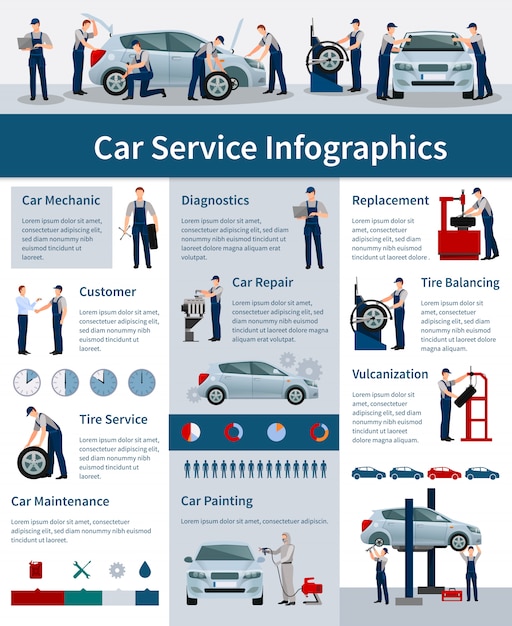Understanding Your Vehicle'S Caution Lighting: What Do They Really Mean?
Understanding Your Vehicle'S Caution Lighting: What Do They Really Mean?
Blog Article
Content Created By-Vinson Dalgaard
When you lag the wheel, those beautiful caution lights on your dashboard can be a bit difficult. Do you know what they're attempting to tell you about your automobile's health? Understanding the relevance of these lights is essential for your safety and the longevity of your car. So, the next time among those lights turns up, wouldn't you want to understand its message accurately and take the essential steps to address it?
Common Warning Lighting and Interpretations
Identify usual caution lights in your cars and truck and comprehend their significances to make certain safe driving.
The most typical warning lights include the check engine light, which signifies issues with the engine or exhausts system. If this light begins, it's critical to have your car examined quickly.
The oil stress warning light suggests reduced oil stress, needing prompt interest to prevent engine damage.
A flashing battery light could suggest a damaged billing system, possibly leaving you stranded if not attended to.
The tire stress monitoring system (TPMS) light signals you to reduced tire stress, impacting vehicle security and gas efficiency. Neglecting this could lead to harmful driving conditions.
The abdominal light suggests a problem with the anti-lock braking system, compromising your capacity to stop swiftly in emergency situations.
Finally, the coolant temperature advising light warns of engine getting too hot, which can result in extreme damages if not fixed quickly.
Recognizing these typical caution lights will aid you deal with issues promptly and preserve safe driving conditions.
Relevance of Prompt Interest
Understanding the typical warning lights in your car is only the first step; the relevance of quickly dealing with these cautions can't be stressed sufficient to ensure your safety when driving.
When a caution light illuminates on your control panel, it's your automobile's way of communicating a possible concern that requires focus. Ignoring these warnings can result in more serious troubles in the future, endangering your safety and possibly costing you a lot more out of commission.
Trigger focus to warning lights can avoid malfunctions and crashes. For instance, a blinking check engine light can show a misfire that, if left unattended, could cause damages to the catalytic converter. Resolving this quickly can conserve you from a costly repair.
In a similar way, a brake system warning light may signal reduced brake liquid or used brake pads, critical elements for your safety when driving.
Do It Yourself Troubleshooting Tips
If you observe a warning light on your dashboard, there are a couple of DIY troubleshooting suggestions you can attempt prior to seeking specialist help.
https://audi-oil-change72727.idblogz.com/30788130/personal-experience-transforming-my-jalopy-with-a-weekend-break-describing-session is to consult your vehicle's handbook to comprehend what the details caution light indicates. Occasionally the problem can be as basic as a loosened gas cap activating the check engine light. Tightening the gas cap may deal with the issue.
One more usual issue is a low battery, which can cause different advising lights. Checking the battery links for corrosion and ensuring they're secure may repair the issue.
If a caution light continues, you can try resetting it by detaching the automobile's battery for a couple of mins and after that reconnecting it. Additionally, inspecting your vehicle's fluid degrees, such as oil, coolant, and brake liquid, can help troubleshoot advising lights associated with these systems.
Verdict
Finally, recognizing your car's caution lights is necessary for keeping your automobile running efficiently and securely. By quickly resolving these signals and understanding what they imply, you can avoid costly fixings and potential failures.
https://www.monitorsaintpaul.com/stories/advice-and-service-tips-from-bobby-steves-auto-world,5468 in mind to consult your auto's guidebook for specific details on each cautioning light and act as necessary to ensure a hassle-free driving experience.
Keep educated, stay risk-free on the road!
